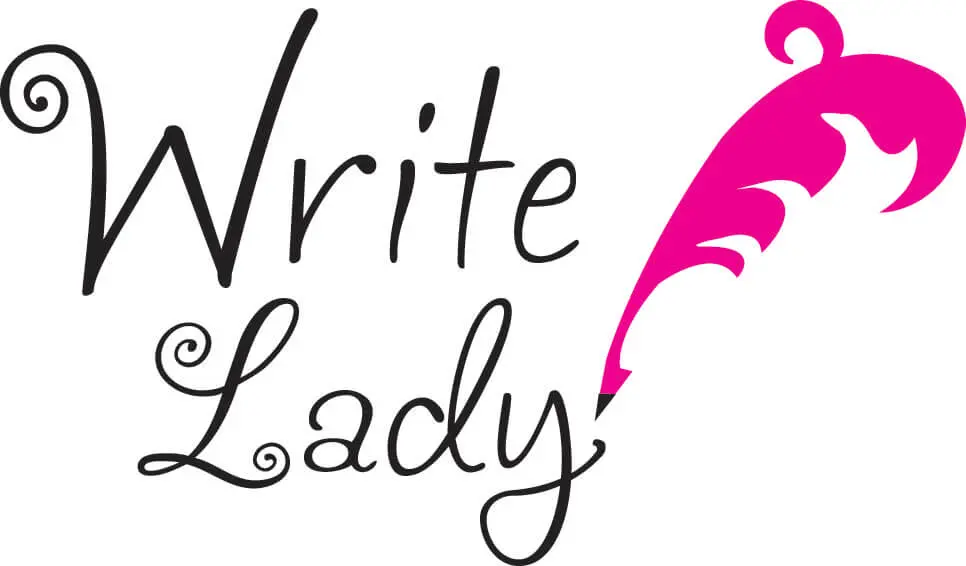When have you been positive that you carefully reviewed something you wrote and later spotted an obvious error?
While editing tools are helpful, the typical practice of reviewing material on a screen makes people vulnerable to overlooking mistakes. Lack of focus is the underlying reason, and the more content, the greater the odds that pesky issues—and big messes—will be missed.
Editing content-rich documents also demands patience, and people are in a hurry. Therefore, many writers skip needed editing steps.
Some are careful but compartmentalize the review process, assigning segments of editing to different people.
Some scrutinize all the separate components themselves but never fully contemplate the big picture.
In other words, for the sake of time, many people (surprisingly) don’t read every page of their drafts from start to finish without interruption. I know of authors who’ve never read their entire books until after publishing, and that’s when preventable problems appeared.
Interestingly, editors can be conscientious yet not realize that pausing momentarily to correct or improve one little thing, such as to revise a couple of sentences or check a fact, is a distraction.
Why does that matter?
Any interruption can cause the reader to lose track of what transpired before the break. Consider how readily two people might forget what they were discussing after a minor break in their conversation.
Where did we leave off?
Did I already tell you that?
Let me start over.
The potential impact of a distraction is failure to address a variety of concerns, including the following:
- Needless repetition
- Inadequate summaries or reminders
- Ambiguous references
- Omitted material
- Off-topic information
- Too much information
- Out-of-place information
- Contradictions
- Unnatural transitions between topics or sections
- Incompatible writing styles
To help my clients recognize such glitches, I’ll advise them to sit on their hands and read. In other words, take in the full presentation and deal with precise problems later. Any thoughtful communicator, however, will be compelled, at the very least, to point out what is wrong or dissatisfying.
Since making notations can be just as distracting as making corrections, I suggest using only a highlighter to signal a return to the problematic place on the next round.
No other marking should be necessary. If the reader returns and cannot identify or recall the issue, then the individual may not have been thinking or interpreting the material clearly on the previous round or possibly grew less focused on the subsequent review. (Real problems don’t magically disappear!)
Benefits of reviewing only with a highlighter:
- Shines a spotlight on problems so they are easily found
- Prevents the reader from typing/writing comments and changes
- Provides a comprehensive and efficient round of reviewing to time-strapped writers and editors
- Adds value at different rounds of editing, such as midway through and late in the process
For most people, the eyes and brain more reliably process information and register mishaps on a hard copy versus a screen. If printing isn’t an option, the highlighter tool remains effective, but the editor must be committed to using it exclusively during the designated round.
By the way, children love using highlighters, so if you have young writers in your life, consider teaching them to adopt the habit of reviewing in color!
Sallie W. Boyles, a.k.a. Write Lady
Thoughts or questions? Please contact Sallie Boyles, owner of Write Lady Inc., to exchange ideas about effective communications and gain from professional writing and editing services. Receive monthly tips and insights by subscribing at https://WriteLady.com.
